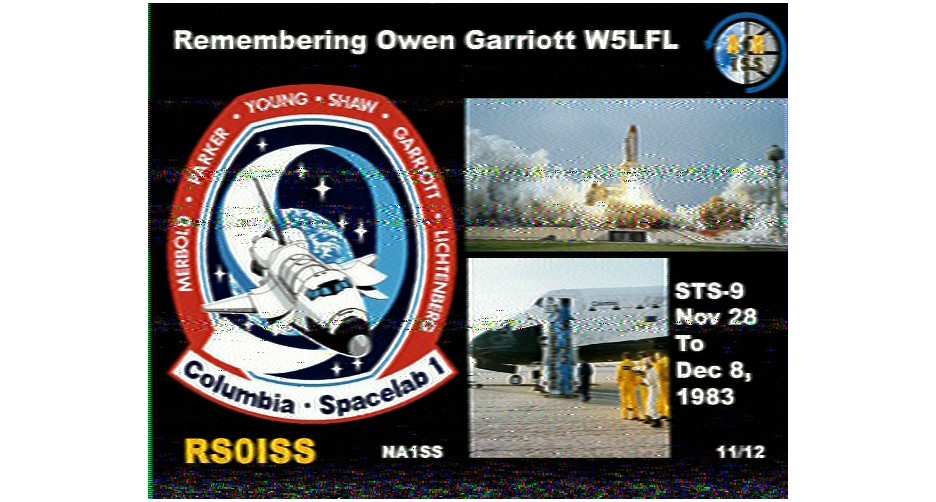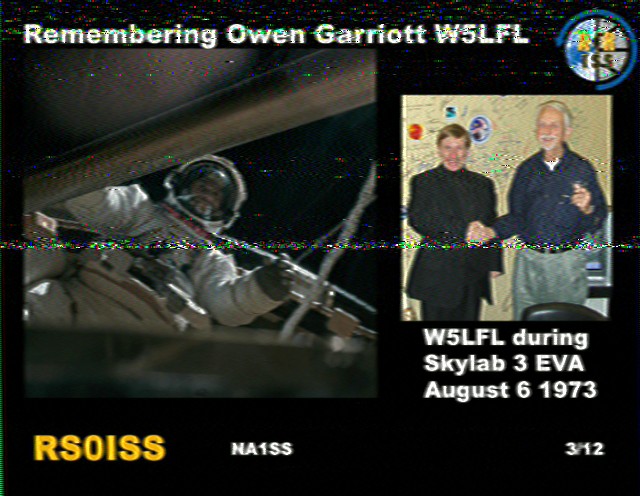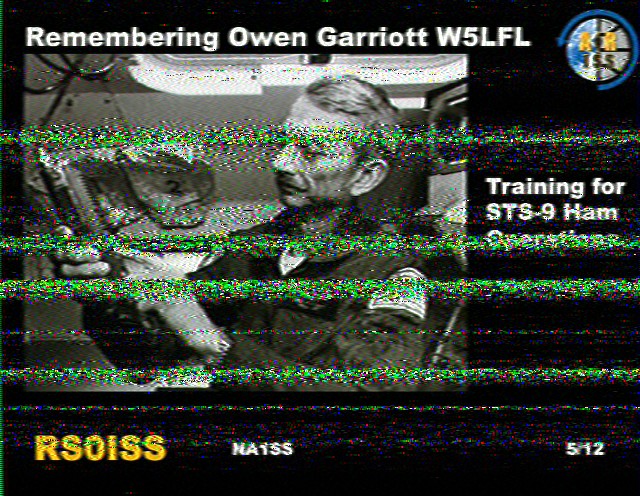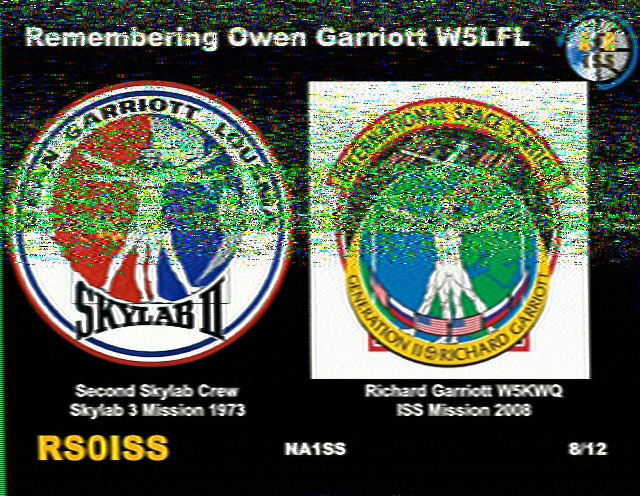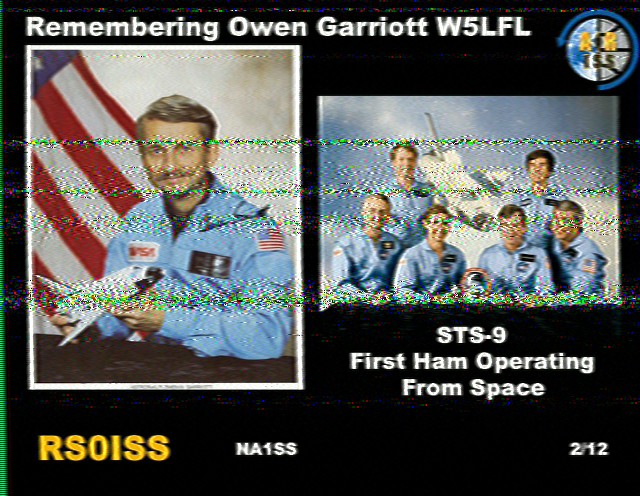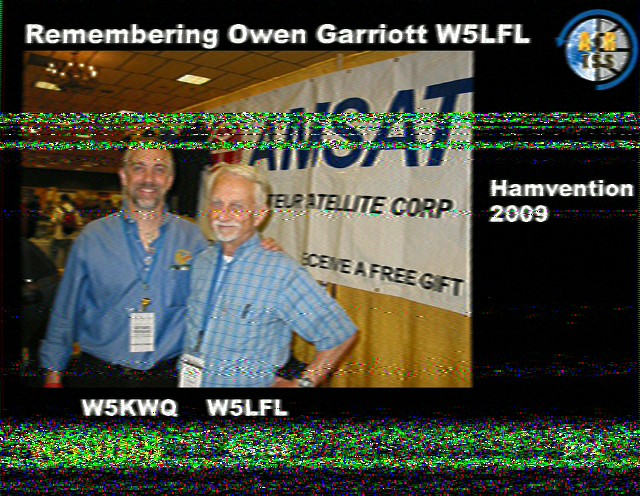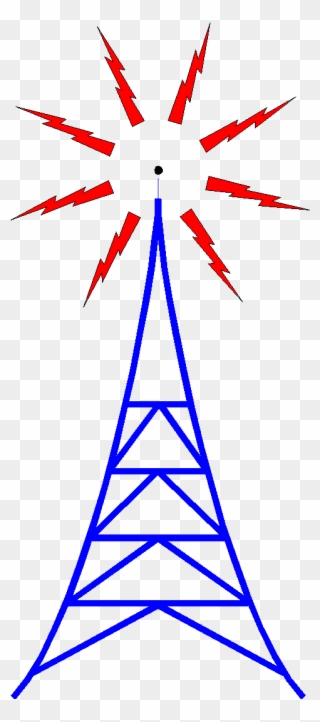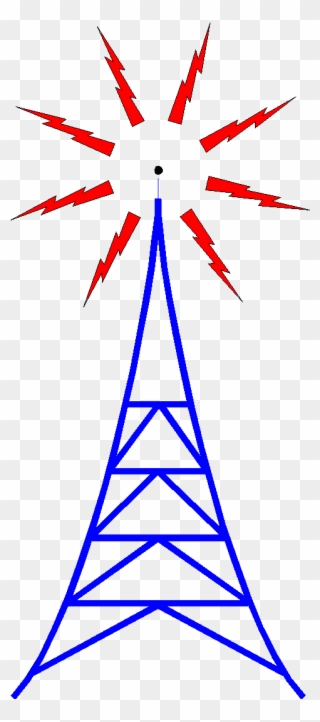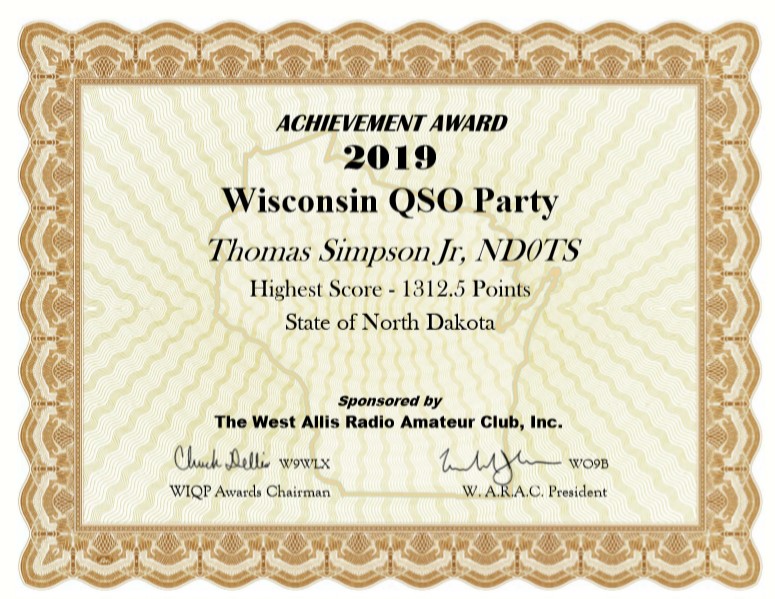If you haven’t heard, the FCC is considering expanding HF privileges for Technician License holders. More information can be found here and here. From what I have seen in various discussions, online, there are quite a few individuals that are very “vocal” in opposition to the changes.
The basic changes involve expanding phone (SSB, AM, etc.) privileges for current and future Tech license holders. They would be allowed to operate on 3.900 to 4.000 MHz, 7.225 to 7.300 MHz, and 21.350 to 21.450 MHz. They would also be given digital privileges (RTTY, FT8, etc.) on 80, 40, 15, and 10 meters. They are currently allowed to use those, but only for CW.
My initial thoughts on this were actually in opposition of the changes. I almost went as far as filing a comment with the FCC on the changes. After taking a few deep breaths and actually thinking through what effect the changes would have, I have changed my mind, and I now believe that the changes would have a positive effect on the future of ham radio.
My further explanation: I am currently an Extra Class license holder. I have access to all of the amateur bands and modes. With this ticket, I can do anything that an amateur radio operator can do. While I have done a lot of experimenting, there are still many things in this hobby that I haven’t even tried. The fact that I had to take three different tests in order to get to this level made the proposed changes seem like they were going to make the second two tests that I took seem worthless.
I had also read the various discussions, online, and many people are saying that this is a move by the ARRL to be able to collect more $49 annual dues. I completely disagree with that opinion. If this is about money, it is not about the ARRL wanting money… it would actually be about radio manufacturers wanting to make money.
We can all agree that the Chinese radio invasion has completely taken hold, and while I don’t have “any” numbers to support it, the majority of them are probably being purchased by new Technicians. I own a few, myself, so this is definitely not limited to new Techs, but I am quite sure that this has caused some “loss of sales” for the other radio manufacturers.
Because the Chinese radios can be used on amateur bands that Technicians can use, there is no real need for them to “upgrade” to another radio. This is where I think that the drive for the rule changes is actually coming from the radio manufacturers that make HF radios (and possibly makers of antennas and other HF equipment).
If Technicians are given a slice of 80 meters, 40 meters, and 15 meters, they will be more apt to buy radios and antennas that will operate on those frequencies. Essentially opening up a pretty hefty market for HF radio manufacturers.
Now that I’ve got my opinion about where I think the idea for these changes came from, I’ll explain why I think this will actually be a good thing, in the end.
This is actually quite a large chunk of spectrum that they would be giving to Techs. As I say that, though, there is much more spectrum that would be available, if they were to upgrade to General or Extra. In my mind, this is like giving them a small taste of HF while still giving them the upgrade option to get even more. Once they’ve already got the radio and antennas to do it, the “barrier to upgrade” will seem much lower. And “since” they’ve already got the radio and antennas, the drive to upgrade would be that much higher.
There are, of course, many options that individuals will take when putting up antennas for the new “HF Tech” frequencies. I can imagine that there will be a lot of them that will put up multi-band antennas that are made to work with other bands that they won’t be able to use until they upgrade. For example, an 80 meter OCFD will work on 8 different bands. Three of those bands, they would only be able to listen to, and the other five, they would only be able to transmit in a pretty small portion.
If I was stuck in that position, I would be trying to upgrade my license as quick as I could. Not being able to use 20 meters would be a “huge” drive. Also, not being able to transmit in the DX windows would be really frustrating.
Anyway… those are my thoughts. In the end (if this “passes”), I believe that the whole hobby will be better off. Once people get a good taste of HF, they will want to taste even more.
